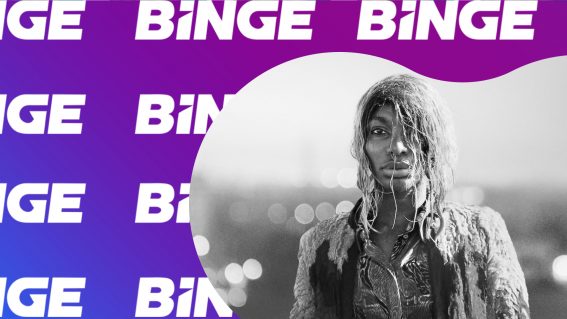What makes Joker a rare and incendiary work of art
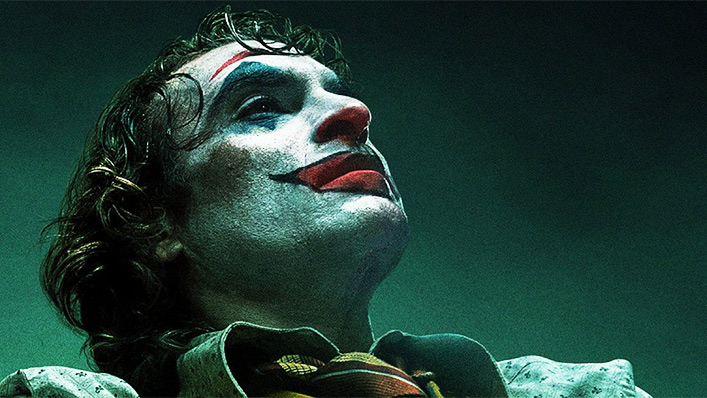
Todd Phillips’ supervillain origins story is the most controversial film of 2019. Luke Buckmaster takes a deep dive into its politics and ideologies.
Joker arrives in cinemas this week, pumped up by a tsunami of think pieces and op-eds that must please the Warner Bros. marketing department to no end. Talk about a hot potato. Whether the film arrives well-timed to capitalise on mixed sentiments with which we regard the current “jokers” of western democracies, or whether its topicality can be explained using darker reasons, one thing is certain: director Todd Phillips has struck one hell of a nerve.
The focus of the umpteen million pieces criticising or celebrating Joker from various angles has not been this contentious film’s one unquestionably brilliant element: a gooseflesh-raising performance from Joaquin Phoenix, who is such a good actor he is almost a kind of cinema himself. The discourse has instead revolved around topics such as incel culture, glamourising crime and life potentially imitating art.
Also, and especially, the film’s values. What does it value? Does it value…anything? Does it have – to borrow words Phillip Adams famously used to describe Mad Max when it screeched into cinemas in 1979 – “all the emotional uplift of Mein Kampf”? Or is it – to pluck from Roger Ebert’s review of A Clockwork Orange, which is basically the critic taking 1100 words to come to terms with the bad taste in his mouth – an “ideological mess,” expressing an alarming message that “in a world where society is criminal, the citizen might as well be a criminal too”?
Mad Max and A Clockwork Orange are now of course considered indisputable classics, discussed in the context of demented masterpieces. Joker will, as sure as dark is night and light is day, collect that same kind of gnarly street cred, if it hasn’t already. The writing is on the wall. It’s just a matter of time.
Hype does weird things to people
For now we are trapped in the white part of the flame: the uncertainty of the present, you could say, where the heat around this film hits you in the face – like a blast of hot air coming out an open oven door. Hype does weird things. It gets people praising the film for the wrong reasons, casting doubt over its obvious cultural relevance, and it gets the key talent responding in all sorts of questionable ways.
What makes Joker a rare work of art is not that it is exceptionally well made (which it is) but that it feels genuinely dangerous – like throwing a lit match into a room pumped full of gas, or yelling “fire!” in a crowded auditorium. I thought that before I read a news article reporting that the US military issued a memo to service members specifically about the film. It informed them of “incel extremist” conversation online and issued the following instructions, which you might say transcends standard advertising material:
“When entering theaters, identify two escape routes, remain aware of your surroundings, and remember the phrase ‘run, hide, fight. Run if you can. If you’re stuck, hide (also referred to as ‘sheltering in place’), and stay quiet. If a shooter finds you, fight with whatever you can.”
If a military-issued warning seems excessive, perhaps it’s time to remember the horrifying real-life incident that casts a pall over the film’s release: the 2012 Aurora massacre, which transpired during a cinema screening of The Dark Knight Rises, resulting in the deaths of 12 people and the injuring of 70. Mass murderer James Holmes even dyed his hair and called himself “the Joker.”
In Joker’s first scene the professional clown Arthur (Phoenix) applies makeup in front of a mirror, in a scabby room in a rent-a-clown business, circa Gotham City in 1981. We hear a news bulletin reporting that the governor has declared a state of emergency due to out of control rubbish. One resident is quoted saying she’s lived in Gotham City her whole life and never seen anything like it.
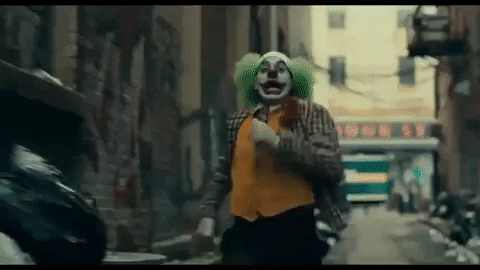
We later learn the city also has a problem with “super rats” and even spot one of these oversized vermin – the size of a small dog – scurrying down the street. The world in this film, like our present reality, conforms to the last two words in the famous Chinese curse “may you live in interesting times.” Those two words being a rather…generous way of describing the film’s context: a period of great uncertainty, with non-stop disasters – social, environmental, political and otherwise – detonating in the background, casting a hideous glaze over everything.
When Arthur leaves clown HQ, if you can call this woebegone place that, young ruffians steal his sign. After he gives chase, they break it over his head. The title of the film appears as the protagonist lies on the ground getting kicked and beaten. This moment does not come with the comforting detachment of irony. “Joker” does not mean “joking.” It means, in this context, the formative experiences of a murderer and sadist, whose destiny (given this is an origins story of villain) was established long ago – which means an utter hopelessness hovers over everything; his soul can never be saved.
The whole damn system is broken
Rather than rendering Arthur as villainous swine and cartoon evil, Phillips goes the other way – building empathy for his protagonist, which is a large part of the reason why the film is controversial. Arthur (who lives with his mother) is severely unwell and it is clear the system has failed him. His dispassionate, state-issued psychiatrist asks the same routine questions every week, barely inserting any inflection into her voice let alone pretending to care. Strangers pick on him for no reason. Arthur’s boss is mean and unsympathetic. A Letterman-esque talk show host (Robert De Niro) humiliates him. Fellow Skid Row residents are just as bad.
Arthur sees nothing to believe in and nothing to hold onto. There is a Falling Down-esque element, in that society does not conform to the protagonist’s hopes and expectations. But unlike the Michael Douglas classic, the drama in Joker never pivots around small incidents that mean nothing unless their context is dramatically reframed – such as whether a fast food restaurant is offering breakfast or lunch.
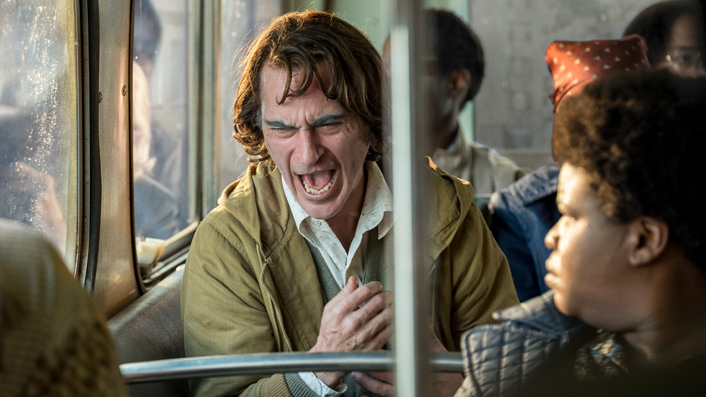
Instead the screenwriters (Phillips and Scott Silver) insist the whole goddamn system is broken, at least for those on society’s lowest rungs. Witnessing the pain of Arthur’s day-to-day existence – its never-ending bleakness – hits hard, emphasized through the terrible qualities of Phoenix’s performance.
The community the protagonist belongs to adheres to Hunter S. Thompson’s meathook vision of “a closed society where everybody’s guilty,” where “the only crime is getting caught” and “the only final sin is stupidity.” A key message is that the world is run by people who don’t have your best interests at heart, and are not looking out for you. That message connects deeply with the current moment, because it has never been more true – or at least it has never been more obvious.
Most of us come to learn this as adults. Now children are realising it before they graduate from primary school. A couple of weeks before Joker opened in cinemas, Greta Thunberg delivered her searing speech at the UN, blasting world leaders (at least those who were in attendance – the Australian PM was staring a Maccas menu) for lining their pockets and supporting corporate mates while the planet burns. She was right to be furious. As David Bowie put it in Changes:
And these children that you spit on
As they try to change their worlds
Are immune to your consultations.
They’re quite aware of what they’re going through.
Thunberg and Arthur are opposite sides of the coin. The former channels her rage in pursuit of a better world; the latter succumbs to vileness and bastardy. To put it in black and white terms, she is a hero and he is a villain (not an anti-hero, as has often been reported in Joker reviews and think pieces. Building empathy for a character does not absolve them of moral responsibility or in this instance remove their status as a villain).
In the world of Joker, and the off-screen reality we inhabit during these so-called “interesting times,” there is an unavoidable sensation – shared among the mad and the sane alike – that serious shit is going down and things may never be the same again. The comparative safety of the past feels light years away. We are living in an age where one barely blinks if they see an article with a headline such as “Man in his 40s is first diagnosed with ‘Brexit psychosis’“.
At one point Arthur asks his public purse-funded shrink, the one who can’t even bother to pretend to be interested in him, “is it just me or is everything getting crazy out there?” The shrink concedes that indeed, it is tense; she cannot deny the mood of the times.
An unlikely portrait of an evil activist
One plot point (I won’t divulge the details) revolves around something Arthur does that inspires people to dress up as clowns and take to the streets in protest. These visions of civil unrest are Occupy-esque, in that their movement entails the idea of the 99% rebelling against the 1%. Interestingly, given the film’s connection to the Batman universe, Bruce Wayne’s father – the philanthropist Thomas Wayne (Brett Cullen) – is depicted as an unsympathetic fatcat; part of the problem rather than the solution.
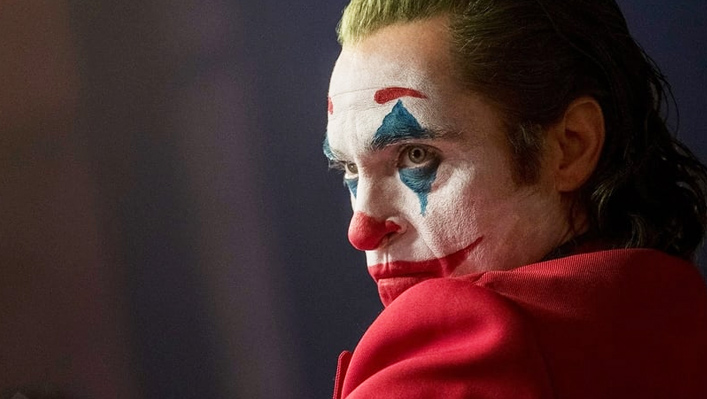
Even more interestingly, Phillips connects the subjective reality of his wigged out protagonist with the external world in general and the protest movement in particular, creating an extremely interesting portrait of an activist. Or more specifically, the subjectivist activist, as Micah White, co-founder of the Occupy movement, outlined in his book The End of Protest: A New Playbook for Revolution. Consider the following passage from the book, defining what a subjectivist activist is:
“The external world is a mirror of your interior world, says the subjectivist activist. If external reality appears dark, it is because your inner reality is dark. The real revolution takes place inside our minds because our thoughts influence how the world appears to us.”
White concludes that “true activism is an inner practice of liberation,” drawing on the words of American spiritual teacher Mariane Williamson: “The way to change the nature of your experience is to change the nature of your thoughts.”
Does that apply to the mentally unwell protagonist of Joker? Does this question come from the privileged perspective of mental health? Should mental health be considered a form of privilege?
So many questions; so many connections; so much cultural currency. Joker is a shockingly relevant art film torn from the spine of a multiplex movie franchise. In a studio system run by bean counters, and dominated by homogeneous dross, it is a rare example of blockbuster provocation. The lunatics have taken hold of the asylum.








